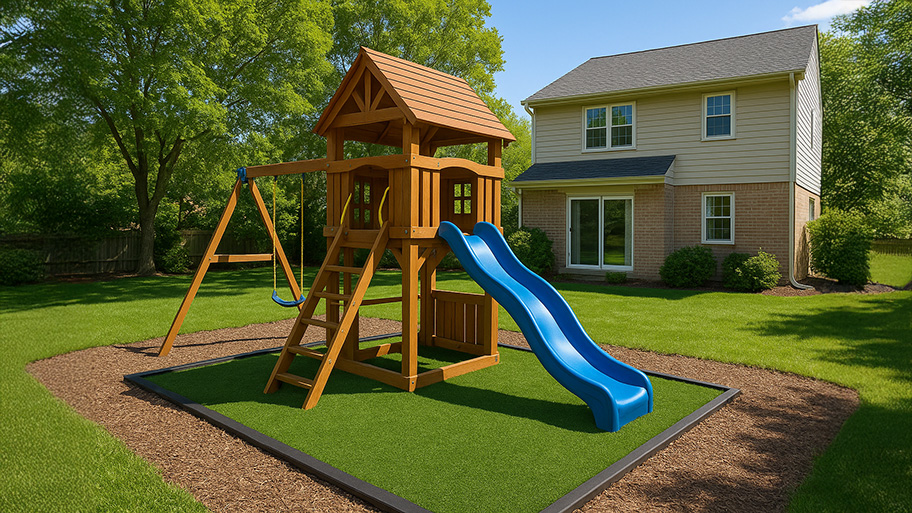
How much do hedges cost? Discover average hedge installation prices, key cost factors, and tips to save money on your landscaping project.
One person's weed might be another person's flower
A weed is any plant that grows where it isn’t wanted.
Some flowering weeds are edible and support pollinators.
Authorities classify noxious weeds on a federal and state level.
Whether a plant is a weed or a flower is really up to the eye of the beholder—there’s often a gray area between what is lovely and what is a nuisance. In some cases, though, certain plants are officially classified as harmful. Here’s how to distinguish what’s growing in your outdoor space.
Rather than having a simple botanical classification to solve the riddle, the definition of “weed” is mostly subjective. At its barest root, the word refers to any plant that grows where it isn’t wanted, especially when it competes with your existing cultivated plants.
"Weeds are not weeds in and of themselves. Rather, they can be any type of plants or flowers—even orchids or roses—that are growing where they're not wanted," says Missy Henriksen, Vice President of Public Affairs for the National Association of Landscape Professionals. Weeds can tell you a lot about your soil, and may even offer some benefits.
When it comes to distinguishing weeds from wildflowers, things can get a little muddy. This is because many weeds flower too, some even having benefits of their own. For instance, dandelions may interfere with your grass, but they’re actually a nutrient-rich edible plant with a list of medicinal uses. Other wild plants, such as some species of thistle, offer a delicious source of nectar to feed bees and other important pollinators.
In any case, the key is to be aware of what’s growing on your property. Research harmful weeds in your area to know what you need to get rid of ASAP, as some wild plants can be damaging or even poisonous. For other weeds, be sure to keep them under control before they get out of hand.
All invasive species are weeds, but not all weeds are invasive species. Noxious weeds are non-native weeds that have been recognized on a federal or state level to harm crops, natural ecosystems, livestock, or humans.
Keep in mind that these classifications will vary by area—use the United States Department of Agriculture’s noxious and invasive weed search to determine noxious weeds in your area. You can also check with your landscaping professional or garden shop to learn the best native plants, as well as which invasive species you should shun.

At the end of the day, the question of weed vs. flower comes down to planting and protecting what you want, where you want it. The most effective DIY weed control method is to pull unwanted plants up by the root, so they won’t have a chance to regrow. Always don your protective gardening gloves, as many of these plants can be sharp, poisonous, or otherwise irritating on the skin.
If you’re seeing repeat offenders, there may be issues with your soil, such as low nitrogen levels. Fixing these underlying causes can significantly reduce the number of undesirable growths, allowing you to focus on the plants that you do want to keep around.
From average costs to expert advice, get all the answers you need to get your job done.

How much do hedges cost? Discover average hedge installation prices, key cost factors, and tips to save money on your landscaping project.

How much does hardscaping cost project by project? Check out our breakdown for every price tag you need to know, from outdoor fireplaces to patios.

From your flower beds to your walkway, river rocks make a classic addition to your landscape. Learn about the cost to install river rock to set a proper budget.

Artificial grass can enhance your home’s curb appeal with very little upkeep. Learn how to choose the artificial grass that’s right for your yard.

Want a healthy, green lawn fast? Learn how to lay sod in just one day so that its grass grows into a robust lawn you’ll enjoy for many seasons to come.

Hiring a pro isn’t necessary when removing holly bushes. This guide can help you make quick work of the holly bush removal process.